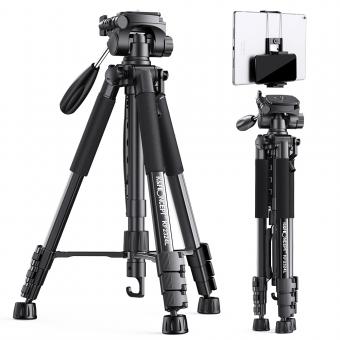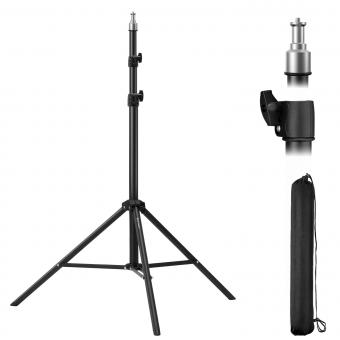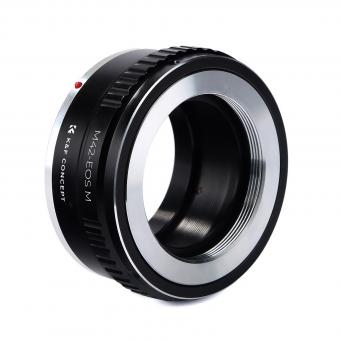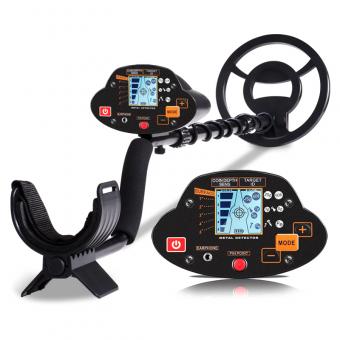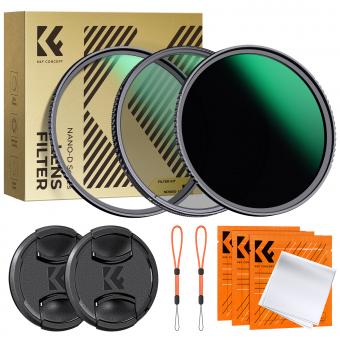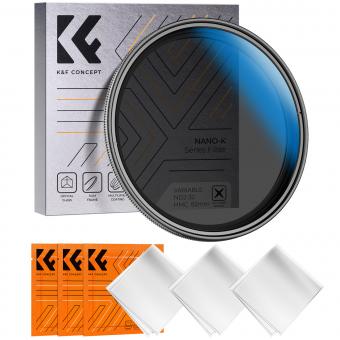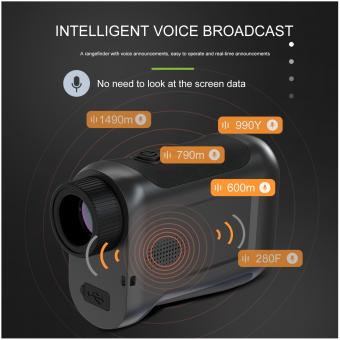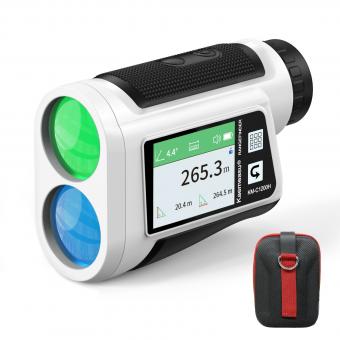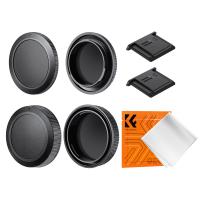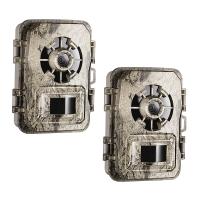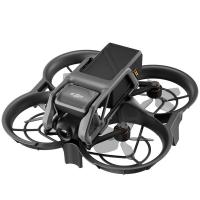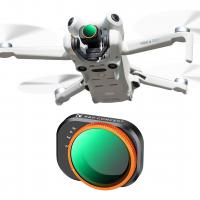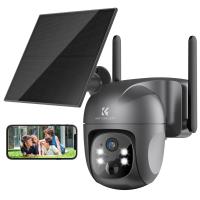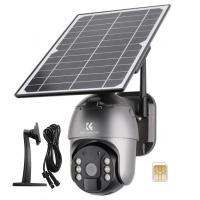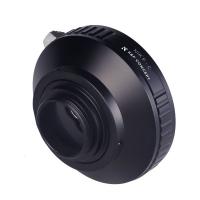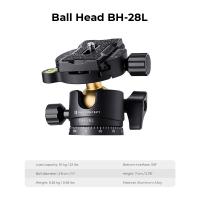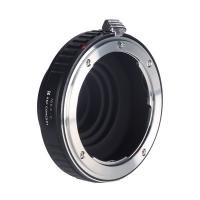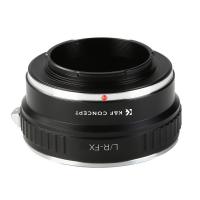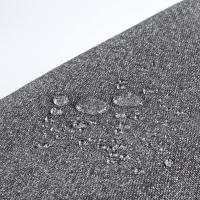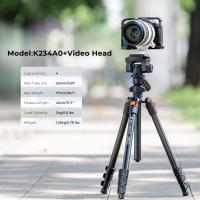What Are Rangefinders ?
Rangefinders are devices used to measure the distance between the observer and a target. They are commonly used in various fields such as surveying, hunting, golfing, and photography. Rangefinders work by emitting a laser beam or sound wave towards the target and measuring the time it takes for the beam or wave to bounce back. This information is then used to calculate the distance. Rangefinders are typically compact and portable, making them convenient for outdoor activities. They often have features like magnification, angle compensation, and target priority modes to enhance accuracy and usability.
1、 Optical rangefinders: Traditional distance measurement devices using optical principles.
Optical rangefinders are traditional distance measurement devices that utilize optical principles to determine the distance between the user and a target. These devices have been used for various applications, including surveying, hunting, photography, and military operations.
Optical rangefinders typically consist of a viewing lens and a rangefinding mechanism. The user looks through the lens and aligns the device with the target. The rangefinding mechanism then calculates the distance based on the principles of optics, such as triangulation or time-of-flight measurement.
Triangulation is a common method used in optical rangefinders. It involves the user observing the target from two different positions and measuring the angle between the two lines of sight. By knowing the distance between the two observation points, the distance to the target can be calculated using trigonometry.
Time-of-flight measurement is another technique employed in optical rangefinders. It involves emitting a laser or infrared beam towards the target and measuring the time it takes for the beam to bounce back. By knowing the speed of light or infrared radiation, the distance can be calculated based on the time taken for the beam to travel to the target and back.
In recent years, there have been advancements in optical rangefinder technology. Some modern rangefinders incorporate digital displays and advanced algorithms to provide more accurate and precise distance measurements. Additionally, some rangefinders now offer features like slope compensation, which adjusts the distance measurement based on the angle of the target, providing more accurate readings for uphill or downhill shots in golf or hunting.
Overall, optical rangefinders continue to be valuable tools for distance measurement in various fields. While newer technologies like laser rangefinders have emerged, optical rangefinders still offer a reliable and cost-effective solution for many applications.
2、 Laser rangefinders: Modern devices using laser technology for accurate measurements.
Rangefinders are devices used to measure the distance between the user and a target object. They have been used for various purposes, including hunting, golfing, surveying, and military applications. Rangefinders have evolved over time, with the latest advancements incorporating laser technology for more accurate measurements.
Laser rangefinders, in particular, have become increasingly popular due to their high precision and reliability. These devices emit a laser beam towards the target object and measure the time it takes for the beam to bounce back. By calculating the speed of light and the time taken for the beam to return, laser rangefinders can accurately determine the distance between the user and the target.
One of the key advantages of laser rangefinders is their ability to provide quick and precise measurements over long distances. They can accurately measure distances up to several kilometers, making them ideal for applications such as surveying large areas or determining the range to a distant target in military operations.
Moreover, laser rangefinders are compact and portable, making them convenient for outdoor activities like hunting and golfing. They often come with features like target-locking, slope compensation, and angle measurement, which further enhance their functionality and usability.
In recent years, there have been advancements in laser rangefinder technology, such as the integration of digital displays and smartphone connectivity. Some models now offer augmented reality overlays, allowing users to see distance measurements directly in their field of view. This latest point of view enhances the user experience and provides real-time information for better decision-making.
Overall, laser rangefinders have revolutionized distance measurement, offering accuracy, speed, and convenience. As technology continues to advance, we can expect further improvements in laser rangefinder capabilities, making them even more indispensable in various fields.
3、 Golf rangefinders: Specifically designed for measuring distances on golf courses.
Golf rangefinders are electronic devices specifically designed for measuring distances on golf courses. They are used by golfers to accurately determine the distance from their current location to a specific target, such as the flagstick or hazards on the course.
Golf rangefinders utilize advanced technology, including laser or GPS (Global Positioning System) technology, to provide precise distance measurements. Laser rangefinders emit a laser beam that bounces off the target and returns to the device, allowing it to calculate the distance based on the time it takes for the laser to travel. GPS rangefinders, on the other hand, use satellite signals to determine the exact location of the golfer and the target, providing accurate distance readings.
These devices have become increasingly popular among golfers of all skill levels due to their ability to enhance accuracy and improve decision-making on the course. By knowing the exact distance to a target, golfers can select the appropriate club and make more informed shot choices. This can lead to improved performance and potentially lower scores.
In recent years, there has been some debate and controversy surrounding the use of rangefinders in professional golf tournaments. While some argue that rangefinders can speed up play and make the game more accessible, others believe that they take away from the traditional skill and judgment required in the sport. However, the latest point of view suggests that rangefinders can be a valuable tool for both amateurs and professionals, as they provide accurate and reliable distance information, allowing players to focus more on their strategy and shot execution.
Overall, golf rangefinders have revolutionized the way golfers approach the game by providing precise distance measurements and aiding in decision-making. Whether you are a beginner or a seasoned golfer, these devices can be a valuable asset on the course.
4、 Hunting rangefinders: Used by hunters to determine the distance to their target.
Hunting rangefinders are devices used by hunters to accurately determine the distance between themselves and their target. These devices utilize advanced technology to provide precise measurements, allowing hunters to make more accurate shots and improve their overall hunting experience.
Rangefinders work by emitting a laser beam towards the target and measuring the time it takes for the beam to bounce back. This information is then used to calculate the distance between the hunter and the target. Modern hunting rangefinders are equipped with high-quality optics and advanced algorithms that ensure accurate readings even in challenging conditions such as low light or dense foliage.
The primary purpose of hunting rangefinders is to assist hunters in making ethical and humane shots. By knowing the exact distance to their target, hunters can adjust their aim accordingly, ensuring a clean and effective kill. This not only reduces the suffering of the animal but also increases the chances of a successful hunt.
In addition to distance measurement, many hunting rangefinders also offer additional features such as angle compensation, ballistic calculations, and even Bluetooth connectivity. Angle compensation takes into account the angle between the hunter and the target, providing a more accurate distance reading for uphill or downhill shots. Ballistic calculations help hunters adjust their aim based on factors such as bullet drop and wind speed, further enhancing shot accuracy.
The latest advancements in hunting rangefinders have seen the integration of smart technology. Some models now offer smartphone connectivity, allowing hunters to sync their rangefinder with a mobile app. This enables them to store and analyze data, track shot history, and even share information with fellow hunters. Such features enhance the overall hunting experience and provide hunters with valuable insights to improve their skills.
In conclusion, hunting rangefinders are essential tools for hunters, enabling them to accurately determine the distance to their target. With advancements in technology, these devices have become more sophisticated, offering additional features that enhance shot accuracy and provide valuable data for analysis. As technology continues to evolve, we can expect further improvements in hunting rangefinders, making them even more indispensable for hunters in the future.

